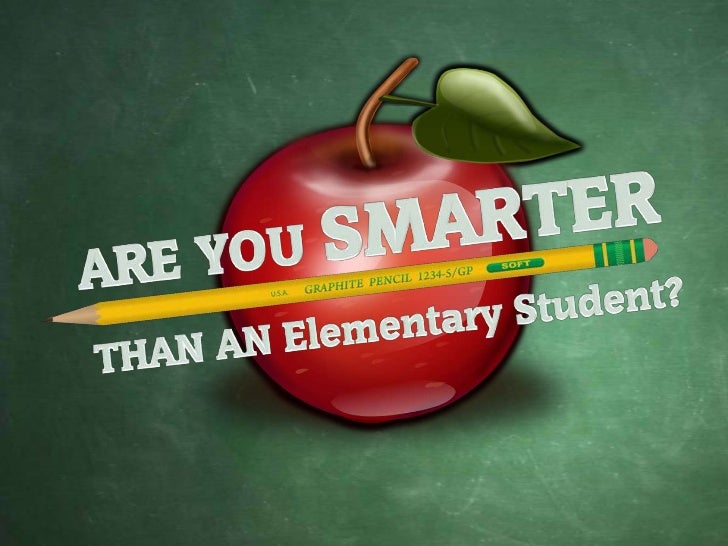
December 31, 2014, TITLE: "Software patents are a disaster. The courts finally did something about it"
"... This year, in a case called CLS Bank v. Alice, the Supreme Court rejected a patent that claimed the concept of using a computer to hedge against counterparty risk — the risk that one party to a contract will fail to pay up. The high court ruled that abstract concepts like hedging weren't eligible for patent protection, and merely implementing an abstract idea on a computer wasn't enough to turn it into a patentable invention."
Let's play a game called spot the lies and deceptions.

Give up?
OK then, let's first look at what the patent actually "claimed":
2The parties agree that claim 33 of the ’479 patent is representative of the method claims.
Claim 33 recites:
“A method of exchanging obligations as between parties, each party holding a credit record and a debit record with an exchange institution, the credit records and debit records for exchange of predetermined obligations, the method comprising the steps of:
(a) creating a shadow credit record and a shadow debit record for each stakeholder party to be held independently by a supervisory institution from the exchange institutions;
(b) obtaining from each exchange institution a start-of-day balance for each shadow credit record and shadow debit record;
(c) for every transaction resulting in an exchange obligation, the supervisory institution adjusting each respective party’s shadow credit record or shadow debit record, allowing only these transactions that do not result in the value of the shadow debit record being less than the value of the shadow credit record at any time, each said adjustment taking place in chronological order, and
(d) at the end-of-day, the supervisory institution instructing on[e] of the exchange institutions to exchange credits or debits to the credit record and debit record of the respective parties in accordance with the adjustments of the said permitted transactions, the credits and debits being irrevocable, time invariant obligations placed on the exchange institutions.”
App. 383–384.
SCOTUS counted just "one" party trying to escape obligation.
They counted one "a" computer.
Really?
 Let's insist on a reality-based recount ...
Let's insist on a reality-based recount ...
Under the plain language of Claim 33 there are:
+2 stakeholder parties each holding a credit record and a debit record
+2 exchange institutions, one for each stakeholder
+1 supervisory institution
=5 parties (each optionally having its own "computer")
That of course raises a first question: When it comes to counting "computers", are the black robes of SCOTUS smarter than a first grader?















